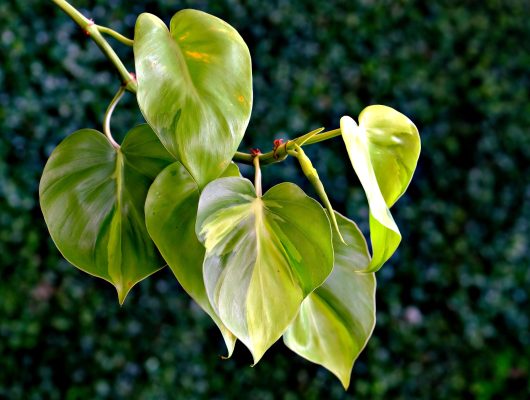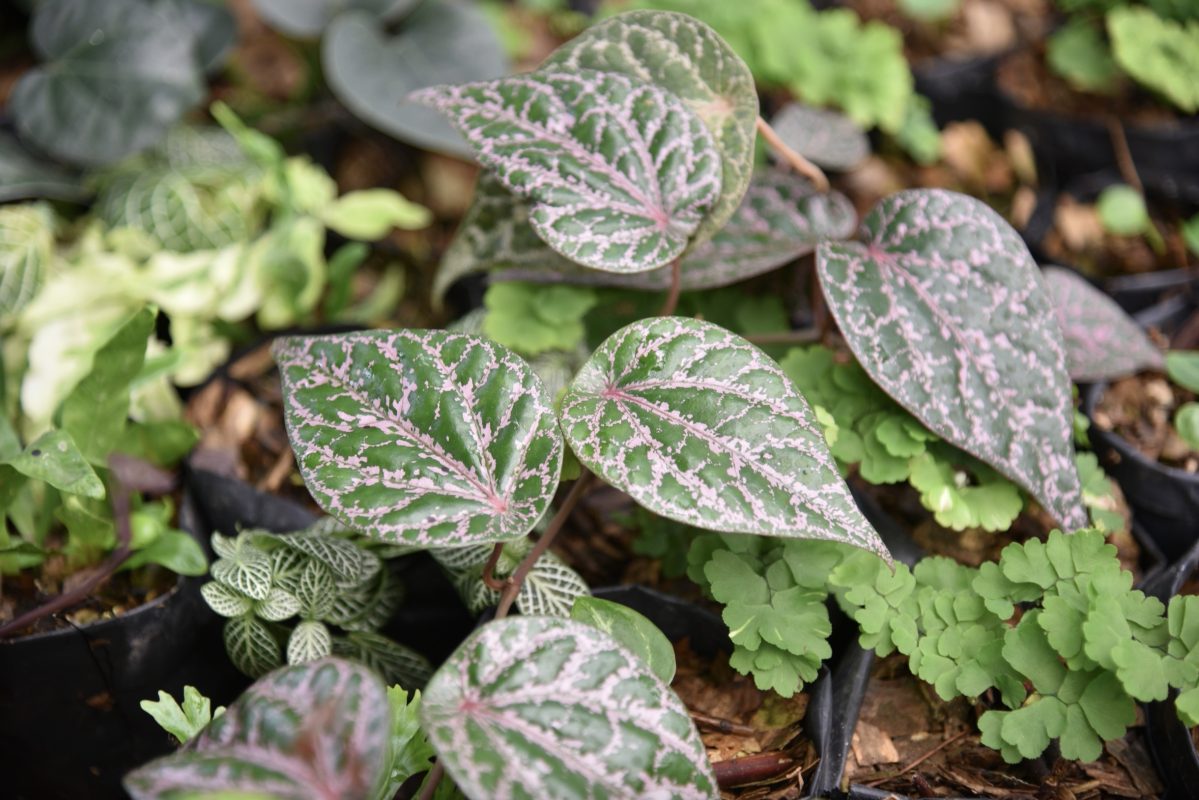Dipladenia, commonly known as Mandevilla, is a stunning flowering vine celebrated for its vibrant and exotic blossoms. This comprehensive care guide is your roadmap to cultivating the beauty of Dipladenia, transforming your garden or indoor space into a haven of lush, colorful blooms.
I. Plant Overview:
- Scientific Name: Dipladenia spp.
- Common Names: Mandevilla, Rocktrumpet
- Origin: Native to Central and South America.
II. Light Requirements:
- Ideal Conditions: Full to partial sun. Dipladenia thrives in bright, indirect light.
- Tolerance: Can tolerate some shade, but flowering may be reduced.
III. Watering:
- Frequency: Keep the soil consistently moist during the growing season (spring and summer). Reduce watering in the dormant season.
- Water Quality: Use room-temperature water. Allow excess water to drain to prevent waterlogging.
- Humidity: Dipladenia appreciates higher humidity levels. Regular misting can be beneficial.
IV. Soil:
- Type: Well-draining, fertile soil. A mix for flowering plants or tropical plants is suitable.
- pH Level: Slightly acidic to neutral (pH 6.0-7.0).
V. Temperature and Humidity:
- Temperature: Maintain a warm environment between 60-75°F (15-24°C). Protect from cold drafts.
- Humidity: Dipladenia thrives in higher humidity. Adequate ventilation is essential.
VI. Fertilization:
- Schedule: Feed every 2-4 weeks during the growing season (spring and summer).
- Fertilizer: Use a balanced liquid fertilizer with micronutrients, diluted to half strength. Reduce fertilization in the dormant season.
VII. Pruning and Maintenance:
- Pruning: Trim back leggy growth to encourage bushiness. Remove spent flowers to promote continuous blooming.
- Cleaning: Wipe leaves with a damp cloth to remove dust. Maintain a tidy appearance for optimal visual appeal.
VIII. Repotting:
- Frequency: Repot every 1-2 years or when the plant outgrows its container.
- Procedure: Gently lift the plant, inspect roots, and repot in fresh soil. Choose a container with drainage holes.
IX. Common Issues and Solutions:
- Yellowing Leaves: Overwatering or poor drainage. Adjust watering habits and ensure good soil drainage.
- Pests: Keep an eye out for aphids or spider mites. Treat with insecticidal soap or neem oil.
- Limited Blooming: Insufficient light or nutrient deficiency. Provide more light and adjust fertilization.
X. Propagation:
- Method: Stem cuttings.
- Timing: Late spring or early summer.
- Process: Take a cutting with at least two nodes, remove lower leaves, and root in a well-draining mix. Plant in fresh soil when rooted.
Cultivating Dipladenia is a journey into the realm of vibrant blooms and lush greenery. This guide equips you to nurture the beauty of Mandevilla, ensuring it becomes a show-stopping centerpiece in your garden or indoor space. Happy gardening!
our recommendation
you may also want to know





























